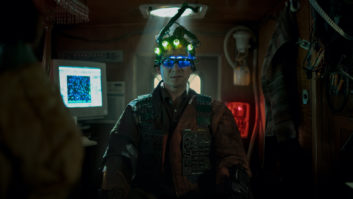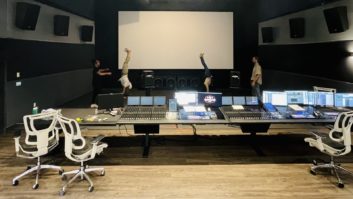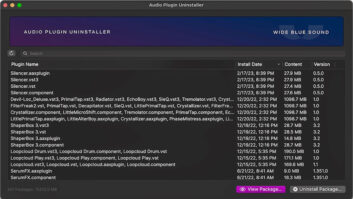New York, NY (June 21, 2016)—Arena concerts with B-stages always provide extra excitement for fans, but they present problems for sound engineers, who have to find ways to keep the acoustic image centered on an artist who’s no longer on the A-stage between the two main hangs. That was a challenge system engineer Ulf Oeckel faced on the current Adele Live 2016 tour, and he solved it with a TiMax SoundHub-S32 audio showcontrol matrix.
For the tour, sound provider Black Box Music use a main stage PA comprised of main L/R, side L/R, rear L/R, subwoofers and front fill feeds, and a B-stage PA of four channels of mono’d front and rear main hangs and front fills. TiMax doubles up these 12 channels in parallel AES and analog signal paths to make use of the auto changeover facility in the system’s amps and Lake processors
At several points during the show, TiMax cross-fades the levels on these multiple speaker channels from one setup to the next, including morphing the delay times on the rear pair of B-stage L-Acoustics K2 hangs from zero delay—when Adele is on the B-stage—to 80-100ms delay when she moves back to the A-stage.
FOH engineer Dave Bracey remarked, “There are physical problems to be overcome with trying to fade slowly from one to the other. In a large space, you can’t have sound coming from two different sources firing in completely opposite directions. You have to be very careful how you do it so that it doesn’t sound messy to anyone at either end of the coverage area. It’s a good effect; we do it using TiMax, which you can draw time lines into and control the different fade times of all of the speaker stacks, but it can also fade delay times as well, because, of course, the rear hangs on the B-stage are used as delays for the main stage, too.
“When you’re listening to the B-stage, the zero time delay is part of the point source system at the B-stage, but when you fade back to the A-stage, you have to introduce delay, so that they line up with the main PA. TiMax does that job for us. Fading time delay is something that’s not readily available in audio processing, but that’s the wonderful thing that it does.”
TiMax
www.outboard.co.uk






